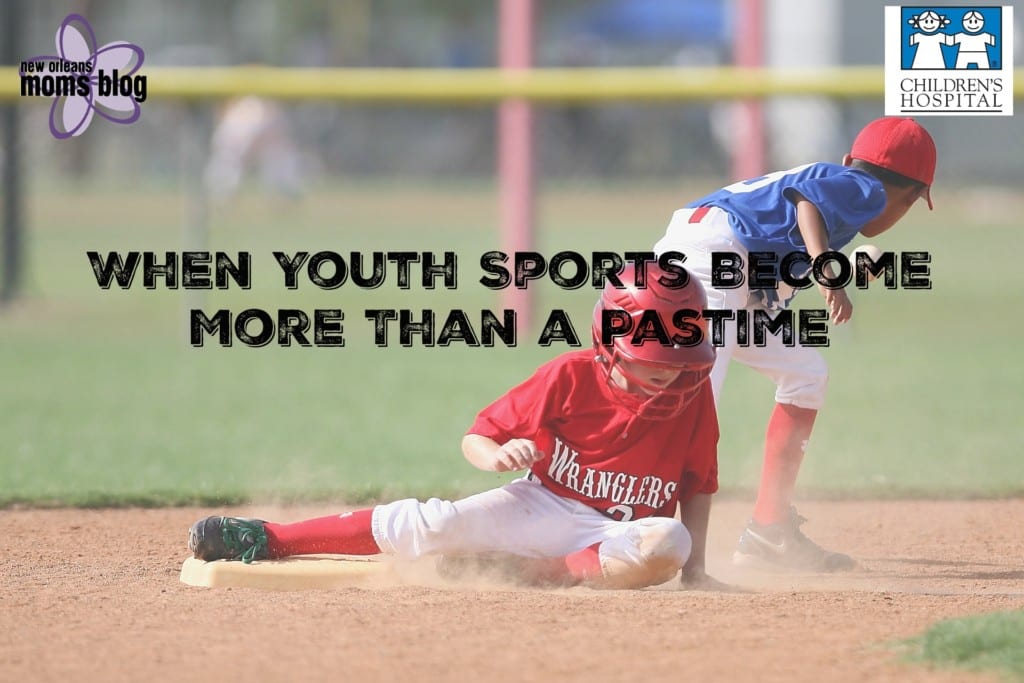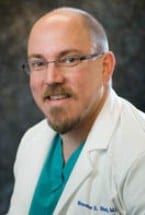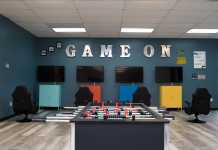Disclosure :: this post is sponsored by Children’s Hospital.
We are facing an epidemic of childhood and adolescent sports injuries in this country. The issue has become so dire that renowned orthopedist, James Andrews, MD, has created a foundation and website in an attempt to curtail the current trend. The website, Stopsportsinjuries.org, was created when Andrews noticed a startling trend in his patients. Injuries that are only supposed to occur in adults are presenting at younger and younger ages.
Some of the statistics he documents are:
“3.5 million children will receive medical treatment for sports injury this year. Nearly half of all injuries in middle and high school are due to overuse. By age 13, 70% of kids will drop out of sports.”
How did we get here?
These early presentations of sports injuries stem from two assumptions:
- Children want to be the best and
- The adults in their lives want to push them to be the best.
 The first of these assumptions I learned from my father and the other was published by author Malcolm Gladwell in a book on success titled Outliers. The first begins when I was riding in the car with my dad when I was 10 years old. He asked what I wanted to do with my life, and like most kids my age, I answered that I wanted to play professional sports. My father, ever the optimist, answered, “Son, do you know that only one percent of high school athletes play college sports, and only one percent of college athletes play professionally? Do you really think you’re that one percent of one percent?”
The first of these assumptions I learned from my father and the other was published by author Malcolm Gladwell in a book on success titled Outliers. The first begins when I was riding in the car with my dad when I was 10 years old. He asked what I wanted to do with my life, and like most kids my age, I answered that I wanted to play professional sports. My father, ever the optimist, answered, “Son, do you know that only one percent of high school athletes play college sports, and only one percent of college athletes play professionally? Do you really think you’re that one percent of one percent?”
Even if my dad was striking down my dream, he made a valid point. Most of us are going to do something other than sports for the rest of our lives. Sports are a way to spend time with friends, enjoy the outdoors, a way to learn lessons on teamwork, the greater good, hard work and a way to occupy a child’s time.
Sports are not multi-year auditions for a future profession.
In the non-fiction work, Outliers, Gladwell included a chapter on youth hockey. The chapter concludes that if you do something for 10,000 hours, then you would become an expert. The premise that many people gloss over is that one must have the natural talent to be successful at each level, and continue working for 10,000 hours to become an expert.
No matter how many hours I run, I will never run faster than a 5-second 40-yard dash. It’s just not how I am built. Often, parents, coaches, and administrators set up leagues upon leagues to try to build experience in kids, when, in most cases, they will excel in activities other than sports.
Because of this extraordinary push to make professionals out of our young, growing athletes, kids are wearing their bodies out, causing injuries that will affect them for a lifetime and ending their careers prematurely.
Perspective from a pediatric orthopedist
Current recommendations are that athletes play one sport at a time, one team at a time, and for only nine months out of the year. Many parents balk at the idea of giving their children 3 months off of sports. As a pediatric orthopedist, I often point out to these parents that they would be hard pressed to find a sport that does not allow their professionals to take time off. If the professionals get a break, then so should our young athletes. Kids can still play with their friends during those times, but should not be pushed by a coach to do more.
Not all people have the genetic make-up to be a professional athlete, and allowing children to take a few months off is not going to make or break their chances at success. Almost all of the sports injuries we see are in the second year of continuous sports, or after prolonged pain in one of the child’s extremities.
I played many sports growing up including park baseball, youth organization basketball, soccer, football, high school soccer, baseball, and football. In some instances I started and other times, I rode the bench, but I can’t really recall a win/loss record or team statistics for any of my childhood sports teams.
What I take forth from each of those experiences is the need for teamwork, dedication, hard work, knowledge of the greater good and the enjoyment of the game and time spent with friends. These are the values of youth sports that we must get back to, and if we do, perhaps we can slow down some of these significant and debilitating injuries in our young athletes.
About Tony Gonzales, MD
 Dr. Gonzales is a Children’s Hospital physician, board certified in orthopedics. He has practiced as a pediatric orthopedist at Children’s Hospital for more than ten years. Dr. Gonzales graduated from University of Alabama School of Medicine in Birmingham, then went on to his residency training at the University of Miami and his pediatric orthopedic fellowship at Scottish Rite Hospital in Atlanta.
Dr. Gonzales is a Children’s Hospital physician, board certified in orthopedics. He has practiced as a pediatric orthopedist at Children’s Hospital for more than ten years. Dr. Gonzales graduated from University of Alabama School of Medicine in Birmingham, then went on to his residency training at the University of Miami and his pediatric orthopedic fellowship at Scottish Rite Hospital in Atlanta.
















